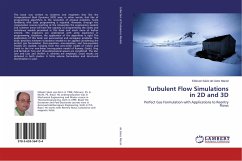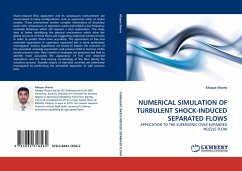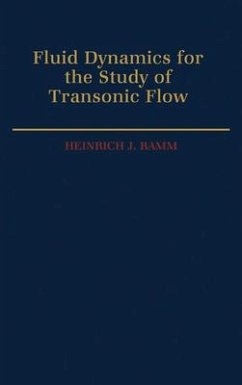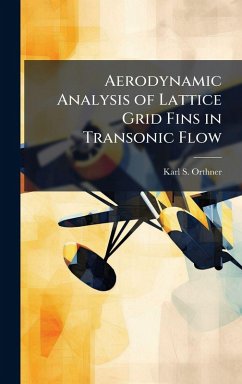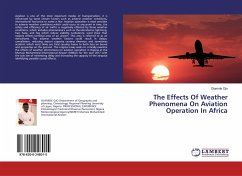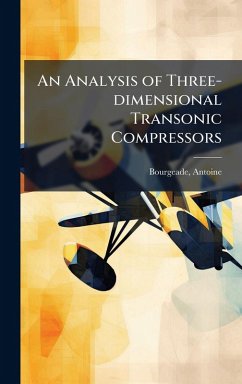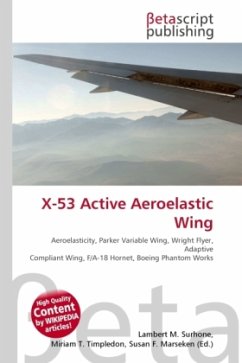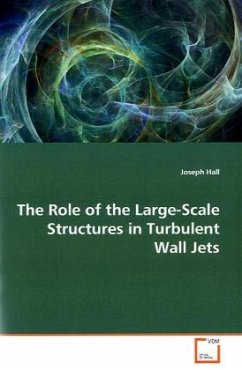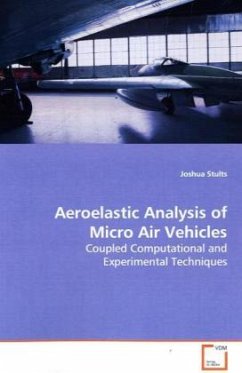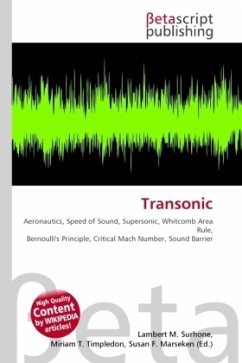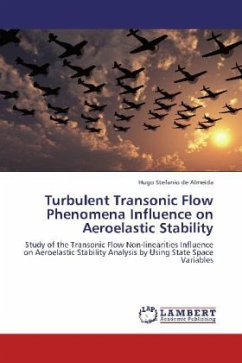
Turbulent Transonic Flow Phenomena Influence on Aeroelastic Stability
Study of the Transonic Flow Non-linearities Influence on Aeroelastic Stability Analysis by Using State Space Variables
Versandkostenfrei!
Versandfertig in 6-10 Tagen
52,99 €
inkl. MwSt.

PAYBACK Punkte
26 °P sammeln!
The new aircraft developments seem to aim at flexible and high aspect ratio wings, flying at high altitudes and transonic cruise Mach numbers. Considering these structural and aerodynamic conditions, the non-linear effects cannot be neglected. In the present work, the aerodynamic non-linear effects at transonic speeds are evaluated upon the aeroelastic stability point of view. CFD techniques are used to obtain a pair of aerodynamic coefficients time history for both pitch and plunging structural DOFs. Dual-time Stepping, SA turbulence model, CFL constant and multigrid algorithms are incorporat...
The new aircraft developments seem to aim at flexible and high aspect ratio wings, flying at high altitudes and transonic cruise Mach numbers. Considering these structural and aerodynamic conditions, the non-linear effects cannot be neglected. In the present work, the aerodynamic non-linear effects at transonic speeds are evaluated upon the aeroelastic stability point of view. CFD techniques are used to obtain a pair of aerodynamic coefficients time history for both pitch and plunging structural DOFs. Dual-time Stepping, SA turbulence model, CFL constant and multigrid algorithms are incorporated in the solution. In addition, two types of mesh movement algorithms are used and compared. In addition, author proposed a CFL number correction, when using multigrid strategy, and an algebraic algorithm for unstructured aerodynamic mesh generation. The resultant CFD time signal is treated in the Laplace domain. Its correspondent AIC matrix is aproximated by a rational function. The resultant AIC matrix is incorporated in the linear coupled system of equations of motion written in modal form. The coupled aeroelastic system is solved using state space variables.



